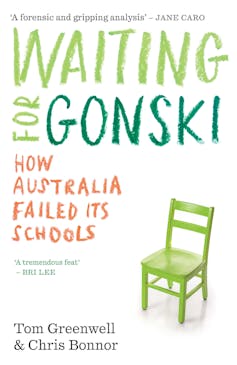
It is World Human Rights Day this week. Across Australia, politicians read declarations and clai...

There are two glaring lessons for politicians from the Anika Wells’ entitlements affair.
First...

Australia’s celebrated coffee culture may be world‑class in the morning, but new research* sugge...

Reflections Holidays, the largest adventure holiday park group in New South Wales, has launched ...

A significant development for patients undergoing dialysis for kidney failure—a group with an except...

Most of us know sunscreen is a key way[1] to protect areas of our skin not easily covered by c...

As Australians eye the property market, one of the biggest questions is where mortgage interest ...

Perfect escapes you can still book — without blowing the budget or travelling too far
Christmas...

Brunswick East has just picked up a serious summer upgrade. Neighbourhood favourite 98 Lygon St B...

















